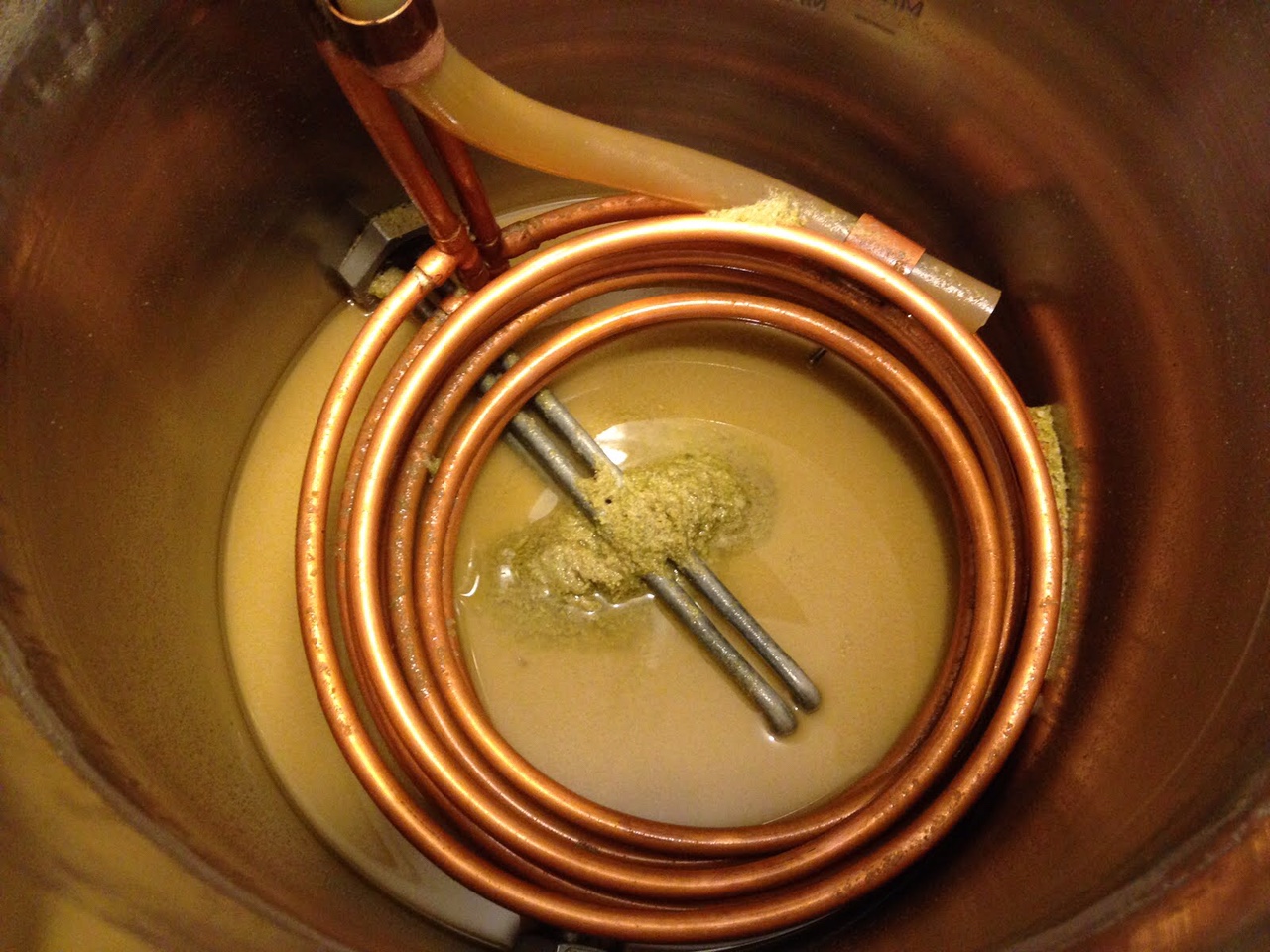SRJHops
Why did the rabbit like NEIPA's so much?
My apologies if this was already mentioned but has anyone heard about Tom Shellhammer's research on dry hopping?
https://patspints.com/2019/01/16/the-surprising-science-of-dry-hopping-lessons-from-tom-shellhammer/
Tl;DR: 8 g/L (1.1 oz/gal) is essentially the saturation point for hop oil/aroma extraction from dry hops
Very interesting indeed. So my plan to dry hop 9 ounces for my 6-gallon batch would appear to be about 2 ounces too many, though beervoid's point is well taken -- is the absorption rate different for different hops?
But I can get on board for a 1.1 ounce per gallon -- it does sound about right.
NOW, has there been HOT side research? I would guess the absorption rate is a lot higher, like how it doesn't work very well to steep tea bags in cold water... So I wonder if I am also "wasting" money on the hot side?
Of course, to make things more complicated/interesting, the hot side absorption must vary by temperature, right? (The number of variables in beer making is part of what makes it so fun/challenging!)
I'm at 18 ounces total in my NEIPA recipe right now: 50% hot side and 50% cold; so 3 ounces at knockout and 6 in whirlpool, then 9 ounces in dry hop. (This time out I'm going to dry hop 4 ounces on Day 2, and 5 ounces 3 days prior to bottling.)



















![Craft A Brew - Safale S-04 Dry Yeast - Fermentis - English Ale Dry Yeast - For English and American Ales and Hard Apple Ciders - Ingredients for Home Brewing - Beer Making Supplies - [1 Pack]](https://m.media-amazon.com/images/I/41fVGNh6JfL._SL500_.jpg)








































